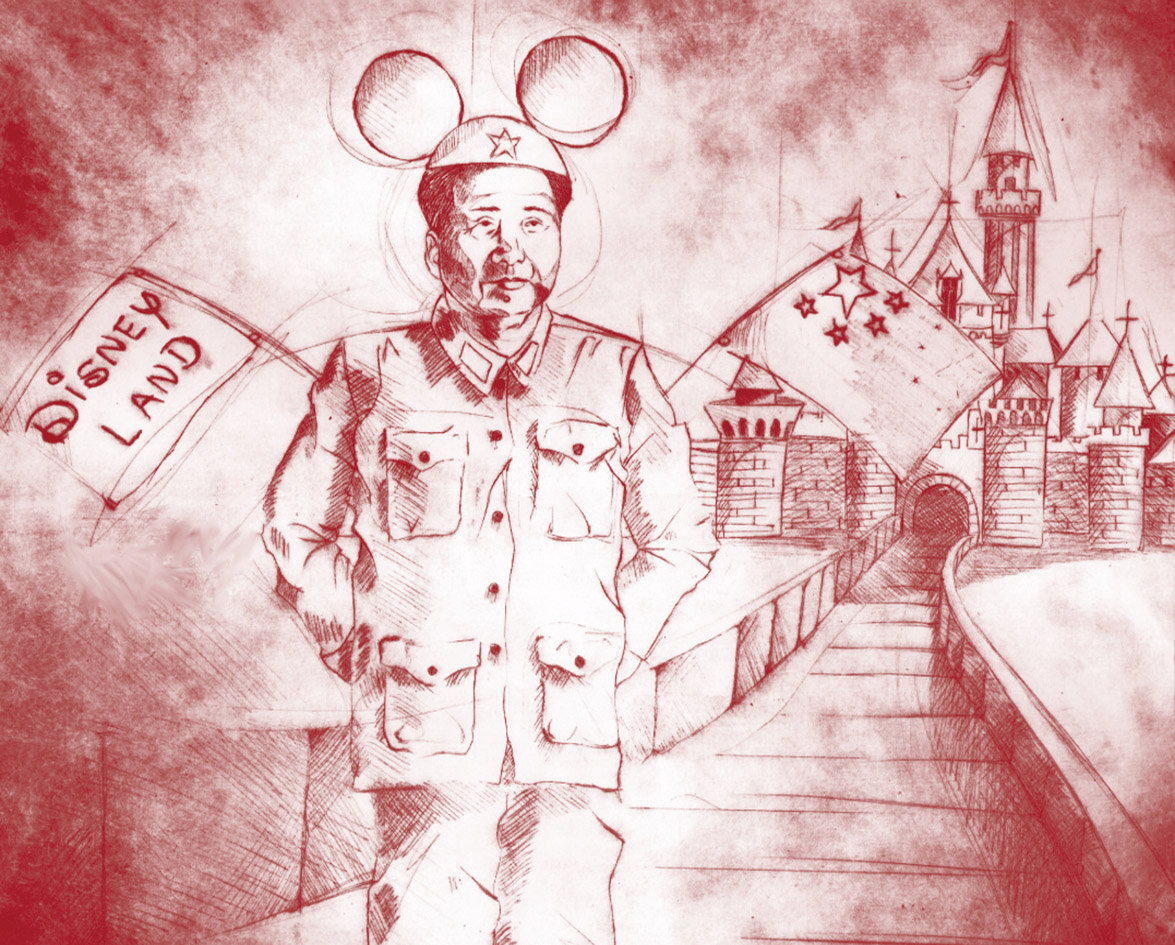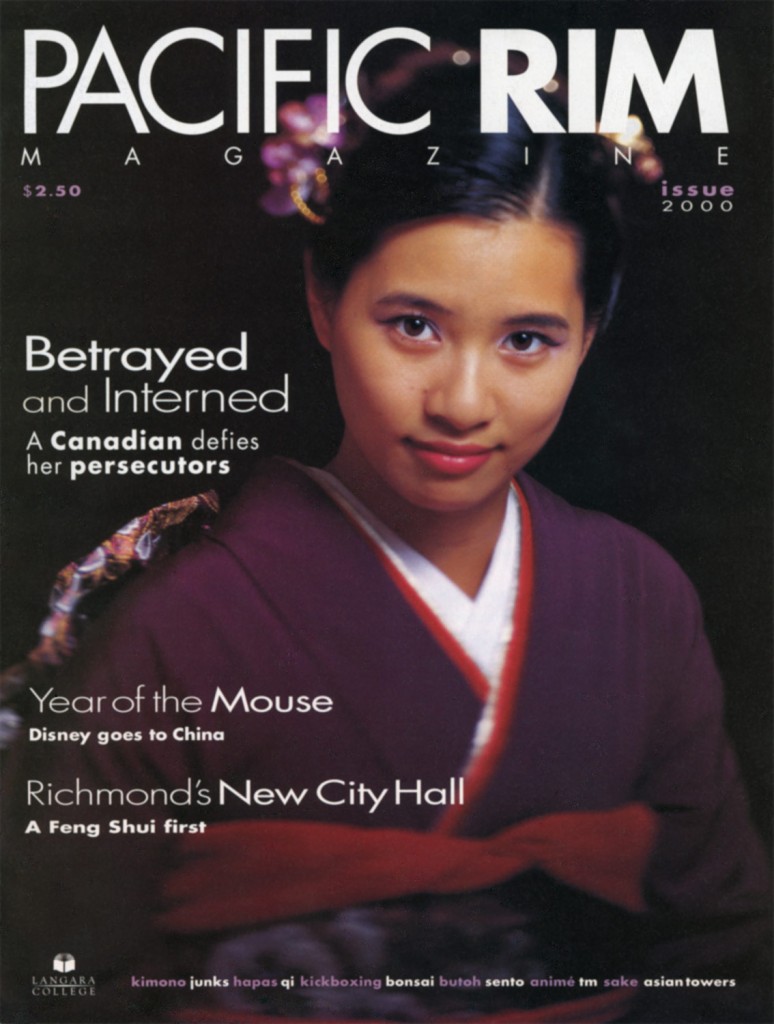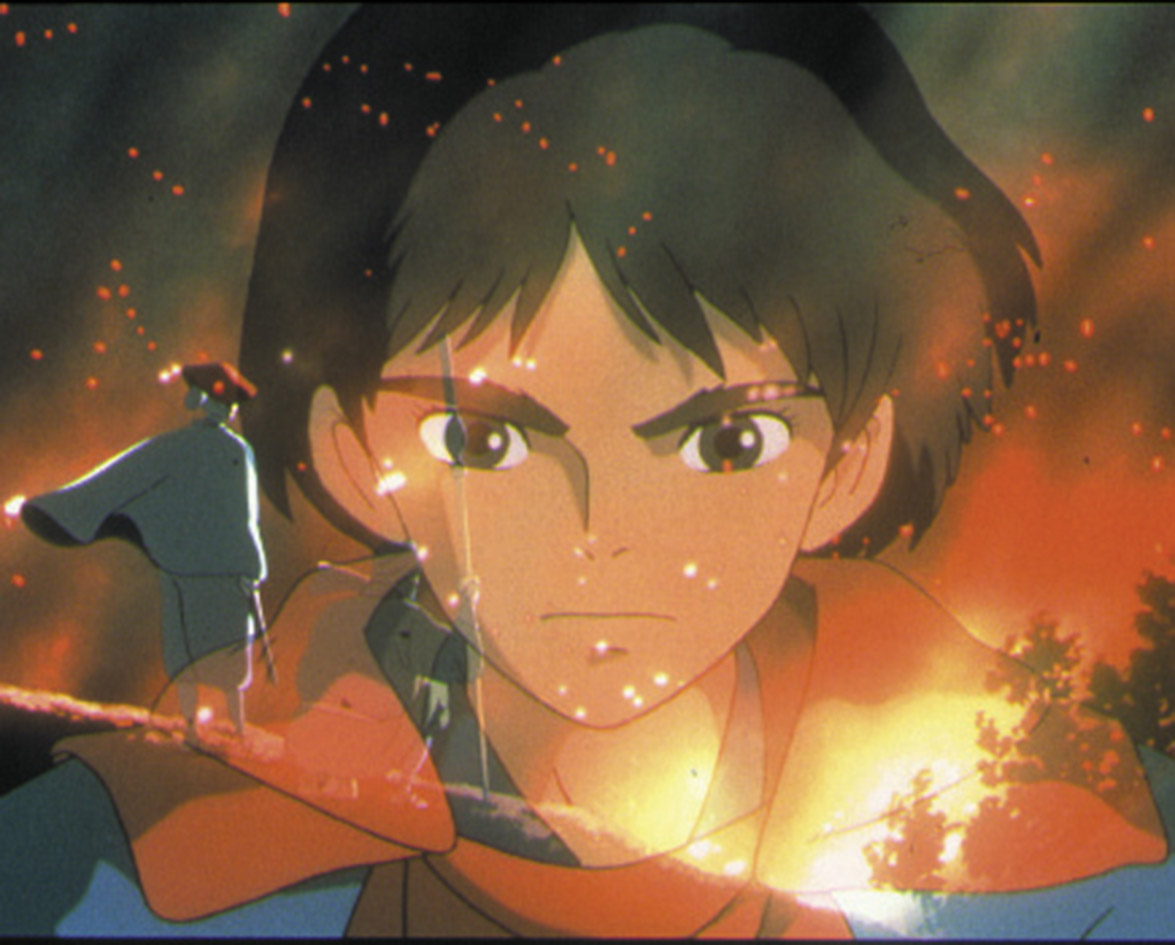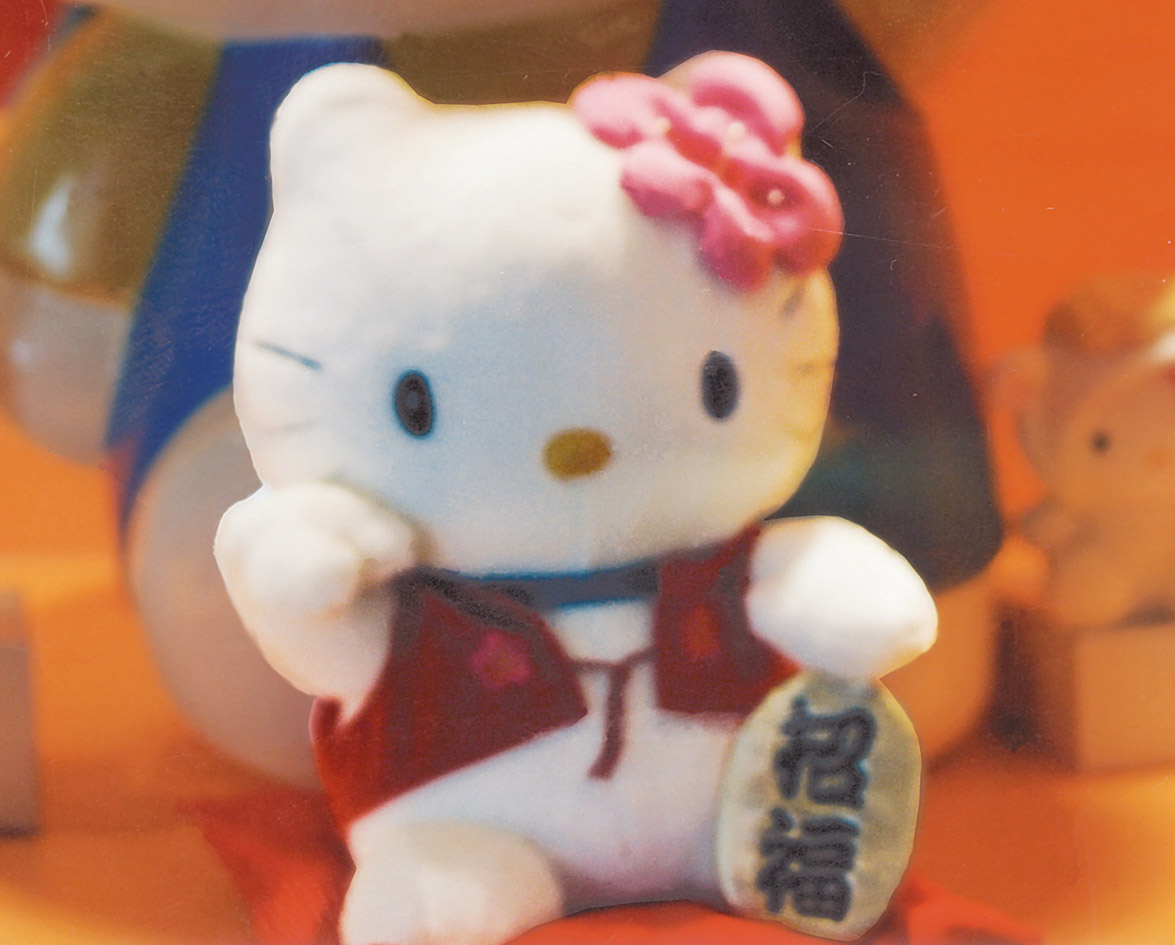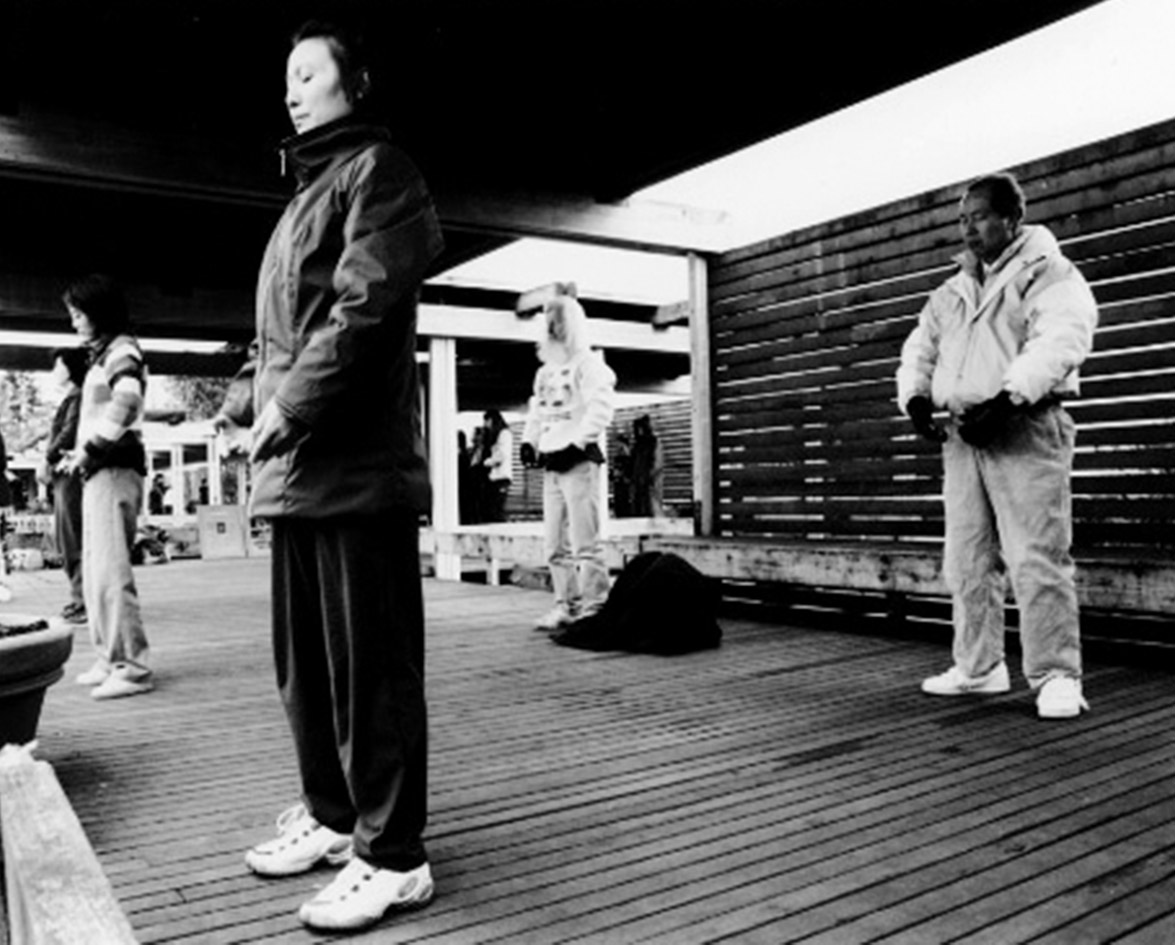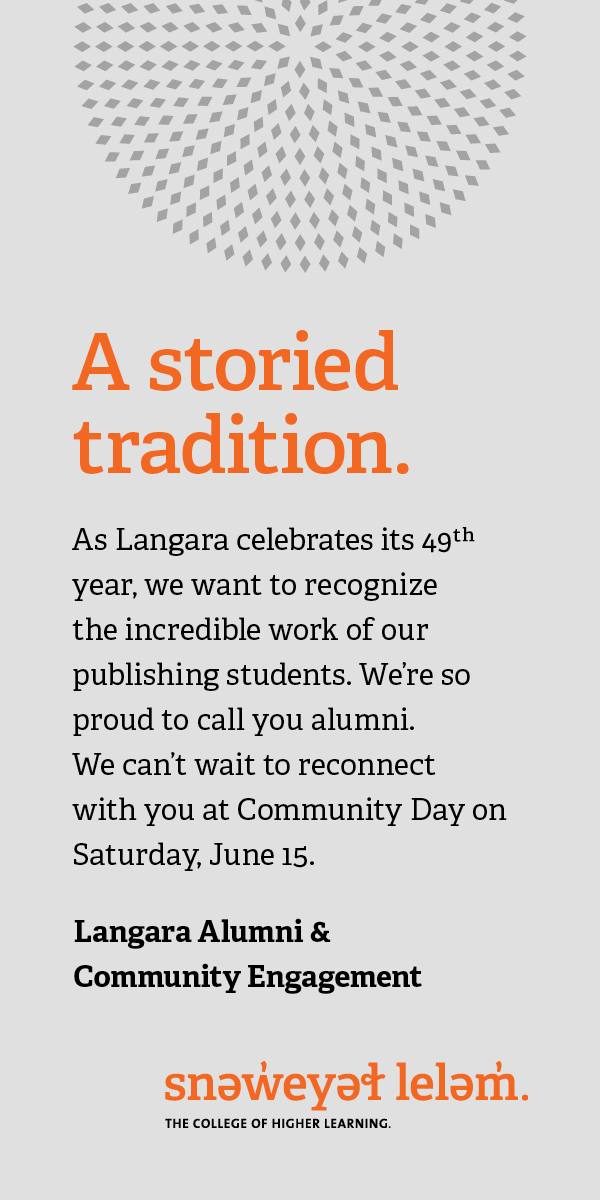Main Street U.S.A., Tom Sawyer’s Island, New Orleans Square —North Americans can’t seem to get enough of the Disney experience. In fact, the whole world seems hungry for that special brand of wholesome family entertainment the Disney company offers. Or is it?
The Disney Machine
The Disney machine has always been eager to tap into international consumer markets, especially in Asia, and this year marks an occasion that even Walt himself could not have foreseen. The gates of Hong Kong Disneyland are scheduled to open in 2005. Mickey and his friends are going to China, making this the third international Disney theme park after Paris and Tokyo.
Flanked by Mickey and Minnie Mouse, Chief Executive Tung Chee Hwa announced the venture on November 2, 1999, after months of negotiations. The Hong Kong government is spending 2.72 billion dollars of its total investment of 4.49 billion (CAD) on land reclamation, equity, and infrastructure. It will control 57 per cent of the park’s shares, and Disney will control the remaining 43 per cent. Chinese government officials see the park as a well-timed life preserver, thrown to the region’s economic and tourism related woes since China assumed control from Britain in 1997.
“China is trying to enter the World Trade Organization and the government welcoming Disney is a nice symbol for them to say that China is open for business,” says Kalle Lasn, founder and editor of Adbusters magazine, a Canadian publication that encourages readers to question the control that large corporations exert on their daily lives.
Disney Hopes To Strengthen Presence In Asia
As for Disney, the deal couldn’t have come at a better time. With a contribution of just 315 million dollars, a royalty fee of 5 to 10 per cent for the licensing of characters, and an undisclosed take of the gate’s revenues, the project is a seemingly guaranteed money-maker for the Mouse. With Tokyo Disneyland being the company’s most profitable theme park yet, the company is hoping to strengthen its foothold in the Asian marketplace. However, it must exercise caution. The Chinese government was not pleased when Disney distributed Kundun, a film about the Dalai Lama, exiled leader of Tibet. And last year’s Chinese release of Mulan, a Disney animated version of the Chinese legend, was poorly received by Chinese moviegoers and deemed too “American-looking.”
The Chinese entertainment industry is a blend of politics and culture that can be difficult for westerners to navigate, so it comes as no surprise that the company will not be trying to incorporate Chinese history into its motif of mythical America. But will Disney’s version of America work in Hong Kong?
Can Hong Kong Provide The Visitors?
There are over 1,000 theme parks already in China, most of them poorly attended. America, Japan, and Europe already have their own Disney parks. That leaves Hong Kong with the unenviable task of luring visitors to a region that is plagued with overpriced shopping and accommodation, and poor air quality. Nevertheless, glowing predictions place park attendance at five million in the first year of operation, doubling to ten million visitors annually within 15 years. If the combined efforts of Disney and the Hong Kong government cannot lure the millions of outside visitors they predict, that leaves China to fill the turnstiles. Certainly not an impossibility, given the 6.3 million residents of Hong Kong and 1.3 billion people of Mainland China. Yet, the question remains: “If they build it, will they come?”
Not Everyone Is Looking Forward To Being Americanized
Some locals have already decided to stay away. Sze Pang-cheung, a spokesman for an anti-Disney group called Beware of Mickey Mouse explains, “Our own distinct culture will be eclipsed. Hong Kong is getting more and more American. Being a multicultural city with a Chinese identity was our biggest attraction, and now we are throwing it away.”
Kalle Lasn agrees: “American culture is the first truly global culture. The world is, in essence, becoming Disneyfied. The theme park developments are but one tiny manifestation of this culture.”
Environmental Concerns
In addition to the Disney naysayers, environmental groups are also speaking out against the new attraction. The park, along with resort hotels, and an entertainment complex, is initially slated to occupy 126 hectares of a 280 hectare site at Penny’s Bay on Lantau Island, 12 kilometres west of central Hong Kong. At present, Penny’s Bay is an undeveloped area, accessible only by chartered boat, or a combined ferry trip and three-hour hike. That is all changing as roads and tunnels are being carved into the hillsides surrounding the coastal area. Lantau Island itself is the green lung of Hong Kong, being one of last areas of untouched vegetation in the city. Penny’s Bay is an archeological treasure trove, filled with relics from its days as a port for trading ships. Divers are frantically trying to salvage items of historical significance before construction begins and the majority of the bay is filled in. Others voice concern with regards to the sea habitat of the bay, particularly that of the white Chinese dolphin. Hong Kong legislator Emily Lau is succinct, “The environment will be ruined once the construction of the park has begun.”
Mike Rowse, Hong Kong’s commissioner for Tourism, disagrees. “This project is going to be scrutinized from top to bottom by everybody. The whole thing has to go through a very rigorous process before it’s allowed to go ahead, and that’s exactly what we’ve launched into now. You can’t get the go ahead at any step of the way without a full environmental impact assessment and clearance,” he says. The government also notes that the region was slated for development as either a shipping port or a prison, and Disney is, in fact, bringing beauty to the bay.
The Majority Looks Forward To Disney’s Arrival
No matter how vocal, critics of the park remain a minority. Currently, all of Hong Kong is abuzz with hope and anticipation. Most residents see the arrival of Disney as a symbol of renewed economic prosperity and a vote of confidence in a city struggling to regain its image as a world-class destination. The company has a lot to live up to as it juggles commerce with political sensibilities. It remains to be seen whether Hong Kong will sustain its enthusiasm and if Disney can deliver the goods. It’s a risky proposition to hang hopes and dreams on a single project, but Disney trades on hopes and dreams everyday.





